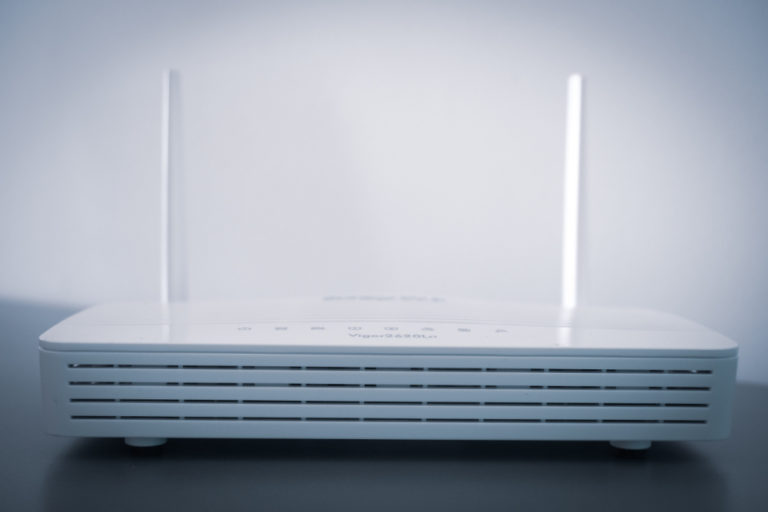Energy Price Cap: How it affects your energy bills
Money Talk is intended to inform and educate; it's not financial advice. Affiliate links, including from Amazon, are used to help fund the site. If you make a purchase via a link marked with an *, Money Talk might receive a commission at no cost to you. Find out more here.
I often mention the Energy Price Cap in passing when talking about energy prices but there’s a lot of confusion around how it actually works.
There’s the fact that while a headline figure is given, this is not actually what you pay – you could end up paying more or less depending on usage.
The figure is also annualised even though it changes every quarter.
Then there’s the fact that there are different rates depending on the type of tariff you’re on, where you live and how you pay your bill.
To simplify things, here’s everything you need to know about the energy price cap.
What is the Energy Price Cap?
The Energy Price Cap is a cap on the maximum amount of money that an energy supplier can charge for a single unit of energy on standard variable tariffs.
The figure is set by industry regulator Ofgem, which uses a combination of factors such as underlying energy costs as well as inflation to decide the amount.
The intention is that the rate is a fair one – it allows energy suppliers to still make a profit while ensuring consumers are not being ripped off.
The cap is reviewed and updated regularly to ensure it remains current.
Each cap covers three months – from the 1st of January, April, July, and October – and is announced a couple of months before the new quarter begins.
How the Energy Price Cap and different tariffs work
In the UK, there are broadly speaking two types of energy tariffs: a fixed tariff or a default tariff (also known as the standard variable tariff).
A fixed tariff typically lasts for a year or more and you pay the same rate throughout the contract.
And when your contract expires, you automatically move onto the standard variable tariff unless you pick another tariff or change providers.
In the past, a fixed tariff was almost always cheaper than the standard variable tariff.
That’s why consumers were always encouraged to shop around and switch, even if they simply moved onto a different tariff with the same provider.
During and shortly after Covid, fixed tariffs have all but disappeared, making the standard variable tariff the true default tariff.
In recent years, fixed tariffs have started to come back, but they’re nearly as competitive as they used to be.
The Energy Price Cap isn’t exact
The headline figure for the Energy Price Cap is actually pretty meaningless.
Although it gives you an idea of whether to expect a higher or lower bill next quarter, the reality is that few people would be paying the exact figure given as Ofgem’s headline number.
This is because the Energy Price Cap varies depending on where you live, what type of meter you have and how you pay for your energy.
And to find these exact figures, you’ll need to dig deep into Ofgem’s Energy Price Cap announcement.
Don’t forget, what you pay will depend on how much energy you use as well.
Things affecting your energy consumption
Plenty of things will influence how much energy you actually use, including lifestyle factors.
In my case, during spring and autumn I’m typically travelling for work, which means less energy usage at home.
In winter, my energy usage isn’t as high as my energy supplier expects it to be because I live in a relatively new flat with great insulation. That and the fact that I’m a great believer in a good jumper.
Conversely, in summer I use more electricity because my flat gets too hot and I’ll need a fan to cool it down. I’m usually not travelling for work so will be at home more.
Read this: How to save on energy bills and what you’ll save
This post was originally published in October 2023. It was updated in December 2024.
Pin this for later







